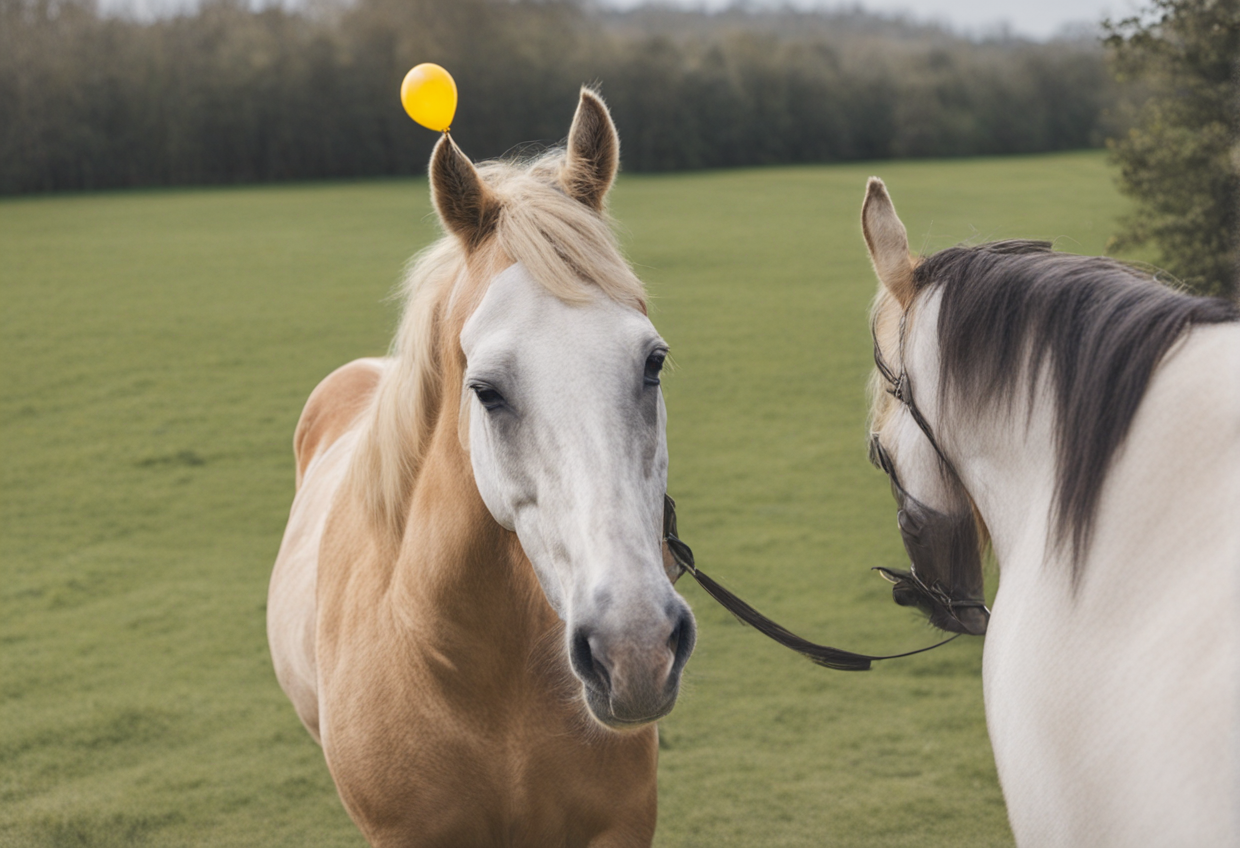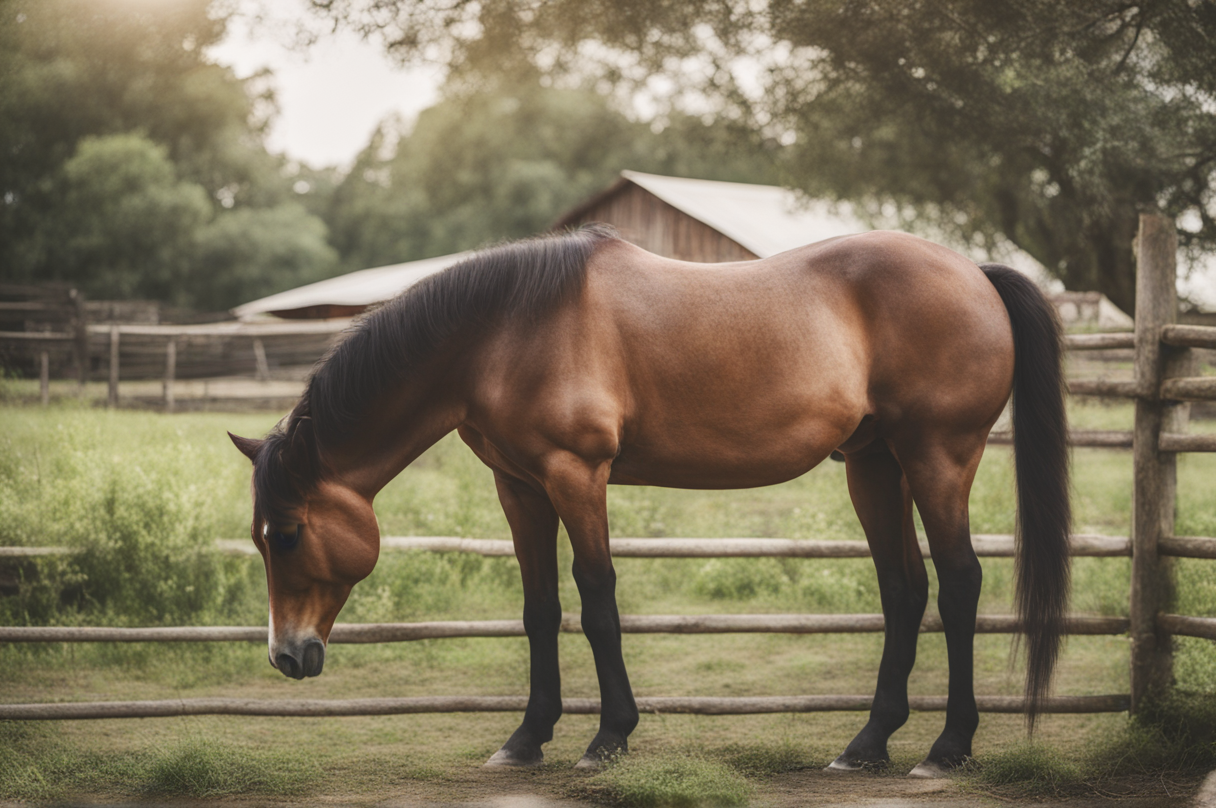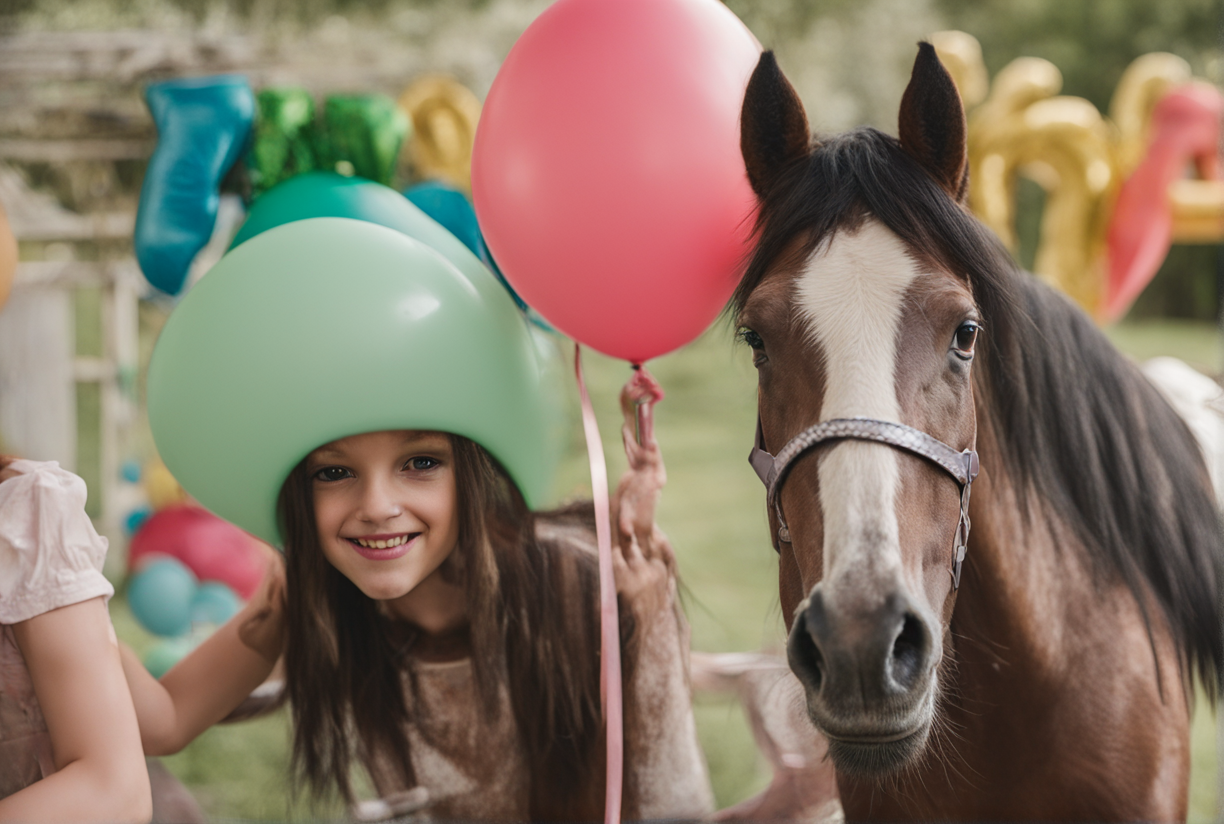As a longtime horse lover and owner of my two geldings Buck and Silver, I totally get why this seems strange.
But there’s actually a fascinating explanation behind it involving horse registries and the tracking of ages that dates back hundreds of years!
Let me start with a funny little story.
Last year, I decided to throw a big birthday bash for my horse Buck.
He was turning 15 years old, so I wanted to celebrate properly! I invited all the neighbors and kids from the local 4H club to come over for a little party in the paddock.
I even baked a carrot cake for the occasion and got party hats for everyone. But when I told the kids it was Buck’s 15th birthday, they all looked at me like I was crazy.
“Isn’t it every horse’s birthday today?” one girl asked. I had no idea what she meant! Turns out, there’s a longstanding reason for the confusion that I’m going to explain.
Table of Contents
The Universal Birthday Tradition
Here’s the deal.
For over 200 years now, most horses in the US and Canada, no matter when they were actually born, have been given an “official” birthday of January 1st.
So basically, every single horse shares the same exact birthday of January 1st according to all the major equine registries!

Crazy right? But there’s a practical reason behind this tradition that dates back to the early days of horse racing and breeding record keeping.
In the late 1700s and early 1800s, official stud books and registries for Thoroughbreds, Standardbreds, and other major breeds started being formed to track bloodlines and pedigrees.
However, these registries needed a consistent way to easily document each individual horse’s age for racing, competition, and breeding purposes.
So around 1802, the founding registries made a universal rule: all horses foaled in a given calendar year would have their “official” birthday designated as January 1st the following year.
For example, a horse born any time in 1810 would be given a birthdate of January 1, 1811.
This way, it became very simple to calculate any horse’s age by just looking at the calendar year – no need to know exact foaling dates! A horse foaled in 1999 would officially turn 1 year old on Jan 1, 2000, then 2 years old on Jan 1, 2001, and so on.
By standardizing to January 1st for all horses, the registries created consistency in tracking livestock ages.
The Tradition Stuck and Persists Today
While some modern pedigree records do include the actual birth date, this January 1st universal birthday is still standard practice for most major equine registries and associations today.

No matter if your horse was born in March or November, you’ll probably see January 1st of the following year listed as their “official” date of birth.
Not only that, but many horse owners and barn managers still follow the tradition as well for simplicity’s sake.
I have to admit, I use January 1st as Buck’s and Silver’s birthdays for my own records too since that’s what their papers say.
So in summary, that shared fake birthday of January 1st is why it seems like every horse has the same birthday!
While it can be confusing to us humans who like to track actual birth dates, the system makes complete sense from an official documentation standpoint and has worked well for over 200 years now.
I may throw little parties for my guys on their real birthdays, but I make sure to also wish every horse I know a “Happy Birthday” on the 1st of January each year.
After learning the history, it’s a fun tradition I like to take part in and celebrate my love of these amazing animals!
Age Considerations for Equine Competitions and Racing
One of the main reasons the January 1st universal birthday tradition has persisted is for standardizing age categories at horse shows and races.

Since equine events like racing, jumping, dressage, etc. often have specific age requirements or divisions, it’s essential to have an accurate way to determine eligibility.
For example, Thoroughbred races like the Kentucky Derby are limited to 3-year-old horses only.
The universal January 1st birthday makes it easy for racing commissions to confirm which horses qualify as 3-year-olds each season based simply on the calendar year.
Likewise, many horse show competitions are broken into age divisions – so an organized way of categorizing horse ages is needed.
Due to the January 1st system, regulators can easily group horses into standardized divisions each competition or race season.
It provides consistency in determining age requirements across all breeds and disciplines.
So this functional need for age categorization helps explain why the shared birthday tradition has stood the test of time.
Paperwork and Identification Considerations
In addition to competition and eligibility purposes, the universal birthday also serves an important paperwork function.
All government-issued equine passports, competition licenses, transport documents, veterinary records, etc. are made simpler by having a shared age date.
No matter what registry or breed, horses of the same age cohort can be universally identified by their January 1st birthday year printed on all official documents. This streamlines record-keeping and identification across national borders and different breed registries.
For example, my two geldings Buck and Silver were born in 2008 and so are universally recognized in all paperwork as 2008 foals with a birthday of 1/1/2009. No confusing actual birthdates to keep track of! So the shared birthday makes management and identification of horses much more straightforward.
A Birthday for Wild and Mixed-Breed Horses
The traditional January 1st birthday even extends to wild horses and mixed-breed horses without formal papers or pedigrees. For instance, Bureau of Land Management mustangs rounded up off the range and adopted are given a universal birthday of January 1st the year they were born for age tracking purposes.
Likewise, backyard horses or mini horses without registration papers are often assigned the January 1st DOB by their owners and vets. So the universal birthday provides a way to document age even when specific parentage or foaling details are unknown.
This allows age-related care, training, and health management to still be applied. So the shared birthday benefits horses without papers too!
Celebrating the Shared Birthday
While not an official holiday, January 1st has become a time for horse lovers and equestrian communities to come together and celebrate their shared passion.
Much like someone might say happy birthday to all their Facebook friends on a single date, wishing all horses happy birthday on January 1st is a fun tradition.
Many equestrians now have New Year’s Day traditions like hosting barn parties, riding on a “birthday trail ride,” decorating stalls, baking treats, and more to honor their four-legged partners. So the universal birthday gives us another reason to appreciate horses!
Perpetuating the Tradition
Given the universal January 1st birthday has now been standard practice for over 200 years, it’s likely to stick around.
The shared birthday is deeply ingrained in record books, competition rules, horse management, and overall tradition now.
Many argue “why fix what’s not broken?” and see no reason to overhaul the current system. Since it provides ease of age calculation and consistency across the board, most see benefits in maintaining the status quo.
So it appears this unique equine tradition will continue on into the future.